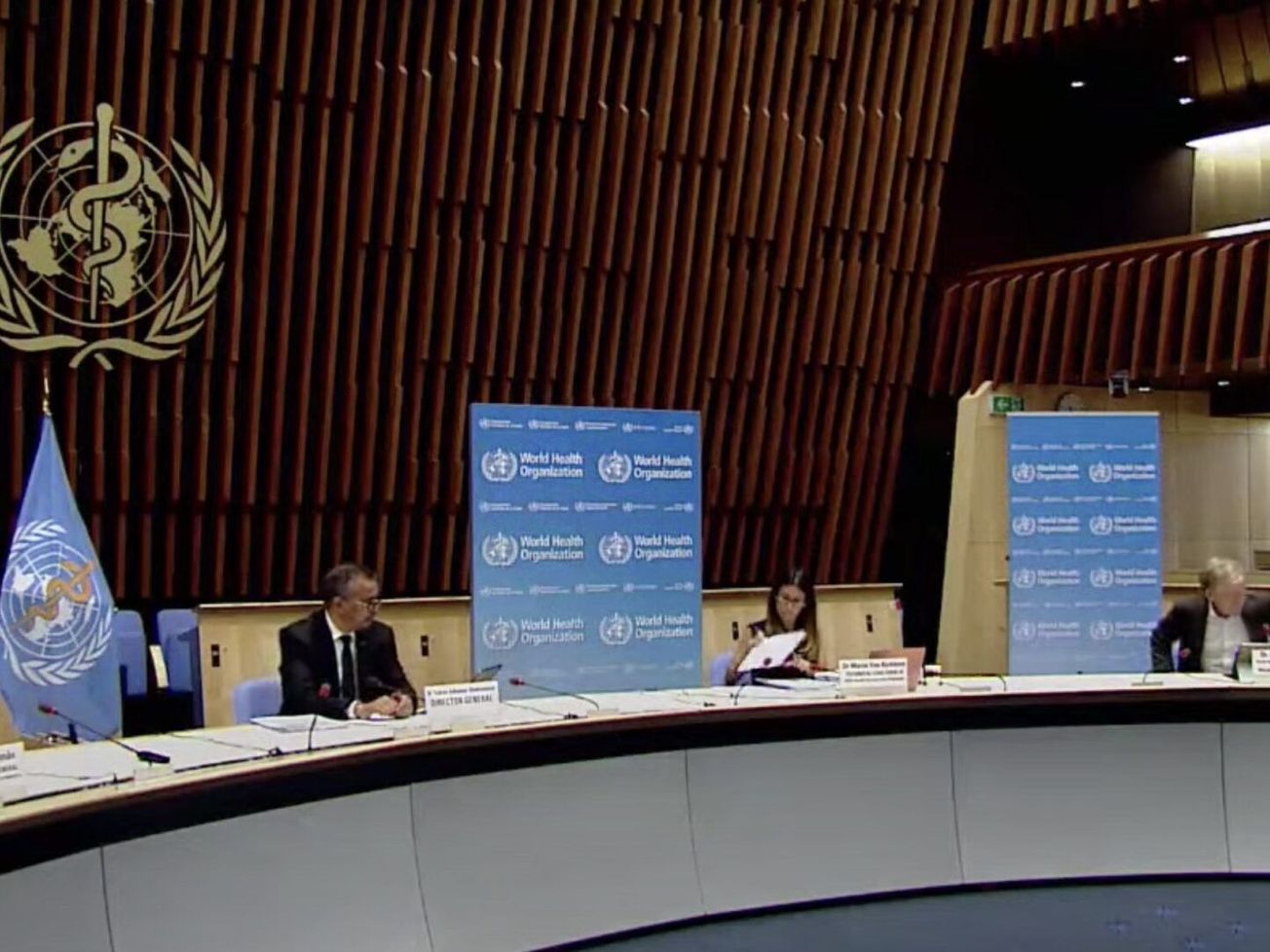GENEVA (AN) — World Health Organization Director-General Tedros Adhanom Ghebreyesus offered a tentative timetable on Friday for ending the coronavirus pandemic in less than two years if nations can pull together in fighting it.
Tedros expressed his hope the pandemic might be brought under control and eliminated in less time than it took the world to stop the influenza pandemic that lasted from February 1918 to April 1920.








